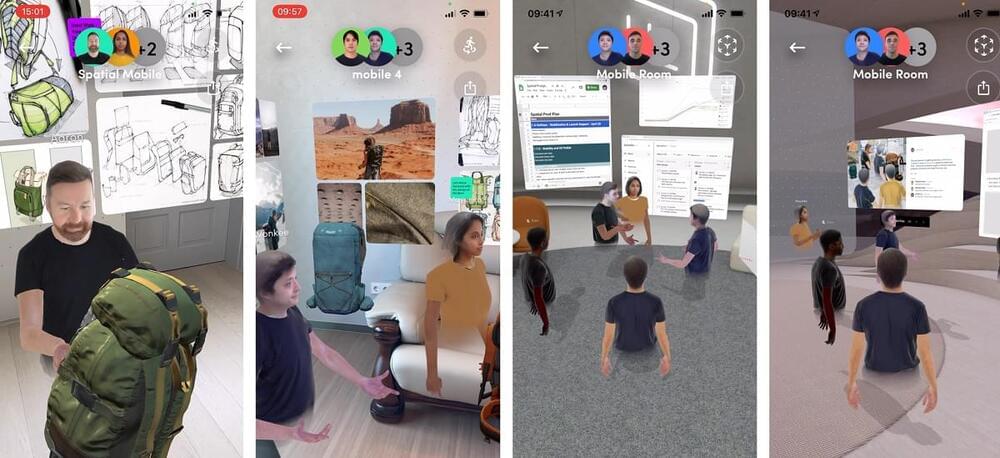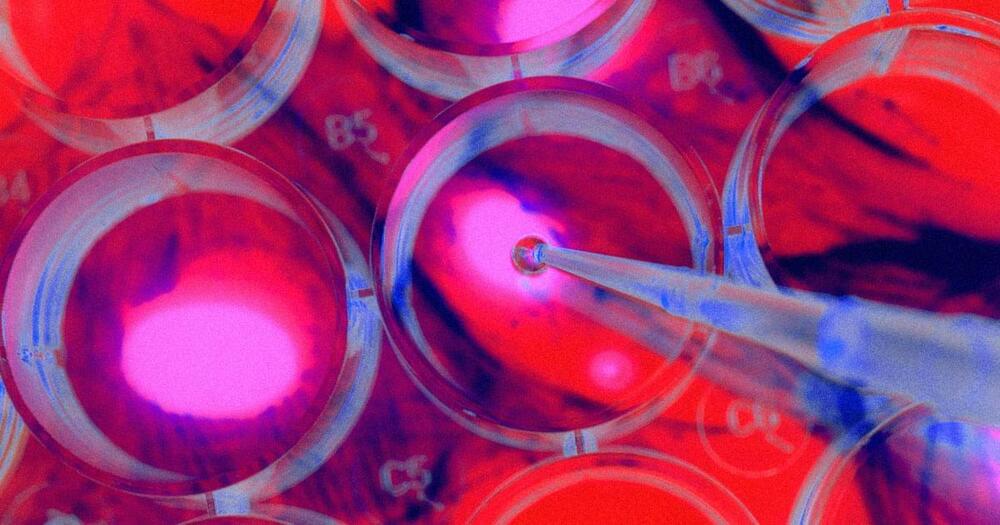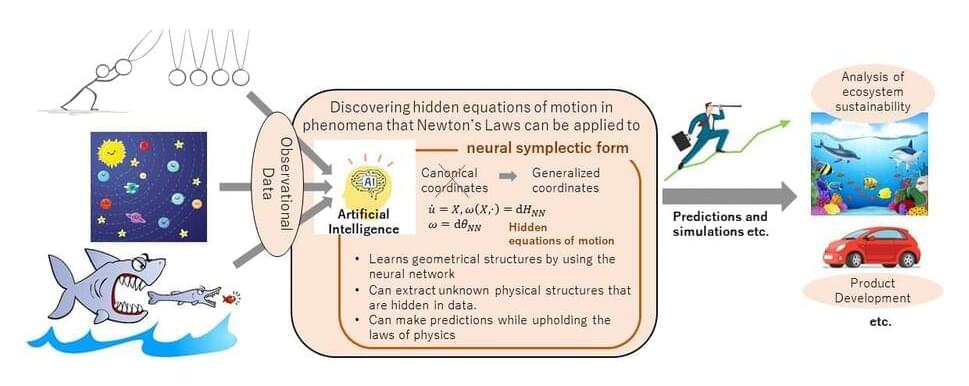Try Dashlane here: https://www.dashlane.com/isaacarthur.
Get 10% off now with my promo code: isaacarthur.
Genetic Engineering and DNA alteration is an emerging technology with huge ramifications in the future, including potentially altering the DNA of adult humans, not just embryos or plants & animals.
Visit our Website: http://www.isaacarthur.net.
Support us on Patreon: https://www.patreon.com/IsaacArthur.
SFIA Merchandise available: https://www.signil.com/sfia/
Social Media:
Facebook Group: https://www.facebook.com/groups/1583992725237264/
Reddit: https://www.reddit.com/r/IsaacArthur/
Twitter: https://twitter.com/Isaac_A_Arthur on Twitter and RT our future content.
SFIA Discord Server: https://discord.gg/53GAShE
Listen or Download the audio of this episode from Soundcloud: Episode’s Audio-only version:
https://soundcloud.com/isaac-arthur-148927746/dna-manipulati…g-subjects.
Episode’s Narration-only version: https://soundcloud.com/isaac-arthur-148927746/dna-manipulati…ation-only.
Credits:
DNA Manipulation in Living Subjects.
Episode 227; Feb 27, 2020
Writers:
Isaac Arthur.
Editors:




